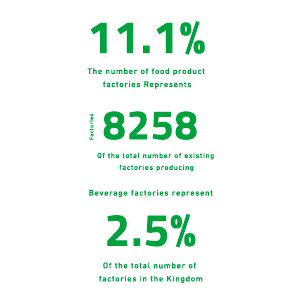Acrylic Sheet Factory is a project that intends to manufacture acrylic sheets. These sheets comprise both white and colored plastic materials. Acrylic, also called plexiglass, is becoming a popular alternative to glass windows, doors, signage, advertising boards, etc. Acrylic Sheets have numerous advantages such as being lightweight, and exceptional resistance to breakage and heat, rendering them an optimal choice for meeting market demands across various sectors including construction, decoration, furniture, as well as advertising and marketing industries.

Acrylic Sheet Factory is a project that intends to manufacture acrylic sheets. These sheets comprise both white and colored plastic materials. Acrylic, also called plexiglass, is becoming a popular alternative to glass windows, doors, signage, advertising boards, etc. Acrylic Sheets have numerous advantages such as being lightweight, and exceptional resistance to breakage and heat, rendering them an optimal choice for meeting market demands across various sectors including construction, decoration, furniture, as well as advertising and marketing industries.
Mashroo3k for Economic Consulting is pleased to provide specialized services to investors interested in investing in Acrylic Sheet Factory by assessing the economic feasibility of the project and its implementation. Our services are comprehensive and integrated as they analyze the whole aspects of the project, including the marketing, technical, financial, and administrative aspects due to our vast database which enables us to analyze the market indicators and predict future requirements.



Executive Summary
Project Service/Product Study
Market Size Study
Study of Risks

The Industrial Sector in the Gulf Cooperation Council countries
The industrial sector stands as a cornerstone in the renaissance of the world economy with its metrics serving as barometers of national progress and development The robustness of the industrial sector in certain Western nations today has played a pivotal role. Given the importance of this sector, Mashroo3k is pleased to present you with the following essential insights into the industrial sector of the Gulf Cooperation Council countries
The Kingdom of Saudi Arabia:
The United Arab Emirates:
Oman:
Kuwait:
Qatar:
Oman:

The Industrial Sector in the Gulf Cooperation Council countries
There are 1801 factories under construction in the Kingdom of Saudi Arabia. The number of licensed workers in these factories is 78,650. . The factories capital is estimated at approximately SAR 68,481 million.
Riyadh accounts for 40.4% with (728 factories) of these under-constructing factories.
The industrial sector in the UAE contributes about 8.4% to the GDP.
The industrial exports value exceeded AED 240 billion.
The UAE aspires to be ranked 25th in the Global Manufacturing Competitiveness Index, having held 38th place years ago.
The UEA strategy supports the establishment of 13,500 small and medium enterprises.
The industrial sector in the UAE contributes about 8.4% to the GDP.
The number of facilities with more than 20 workers is 549 The number of workers in these facilities reached 129,735. The total production value of these facilities reached KWD 35,566,260 thousand.
Manufacturing industries contribute around 9.2% to the GDP. The number of facilities with less than (10 workers) is 1799, , and the total number of workers in these facilities is 8,305.
The number of facilities with more than (10 workers) is 1668. the total number of workers in these facilities is 153,567.
The manufacturing industries exports account for 31.4% of Oman’s total exports.
The growth rate of manufacturing industries is estimated at approximately 6% over the past five years.